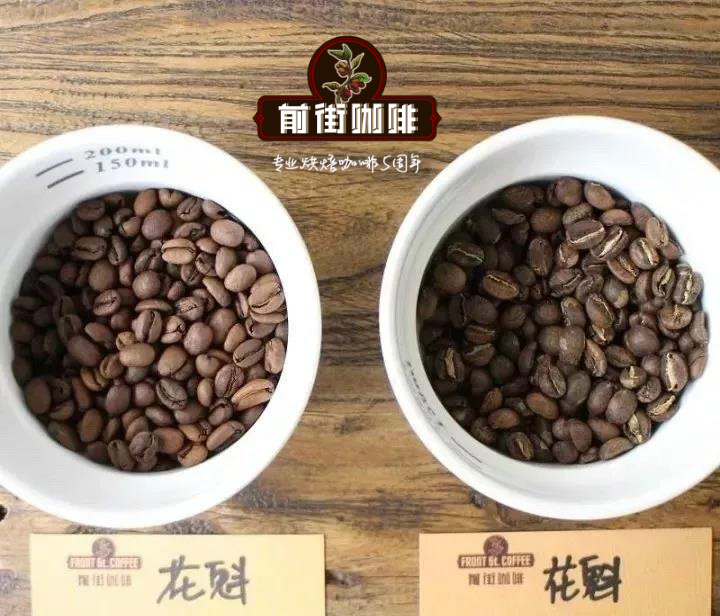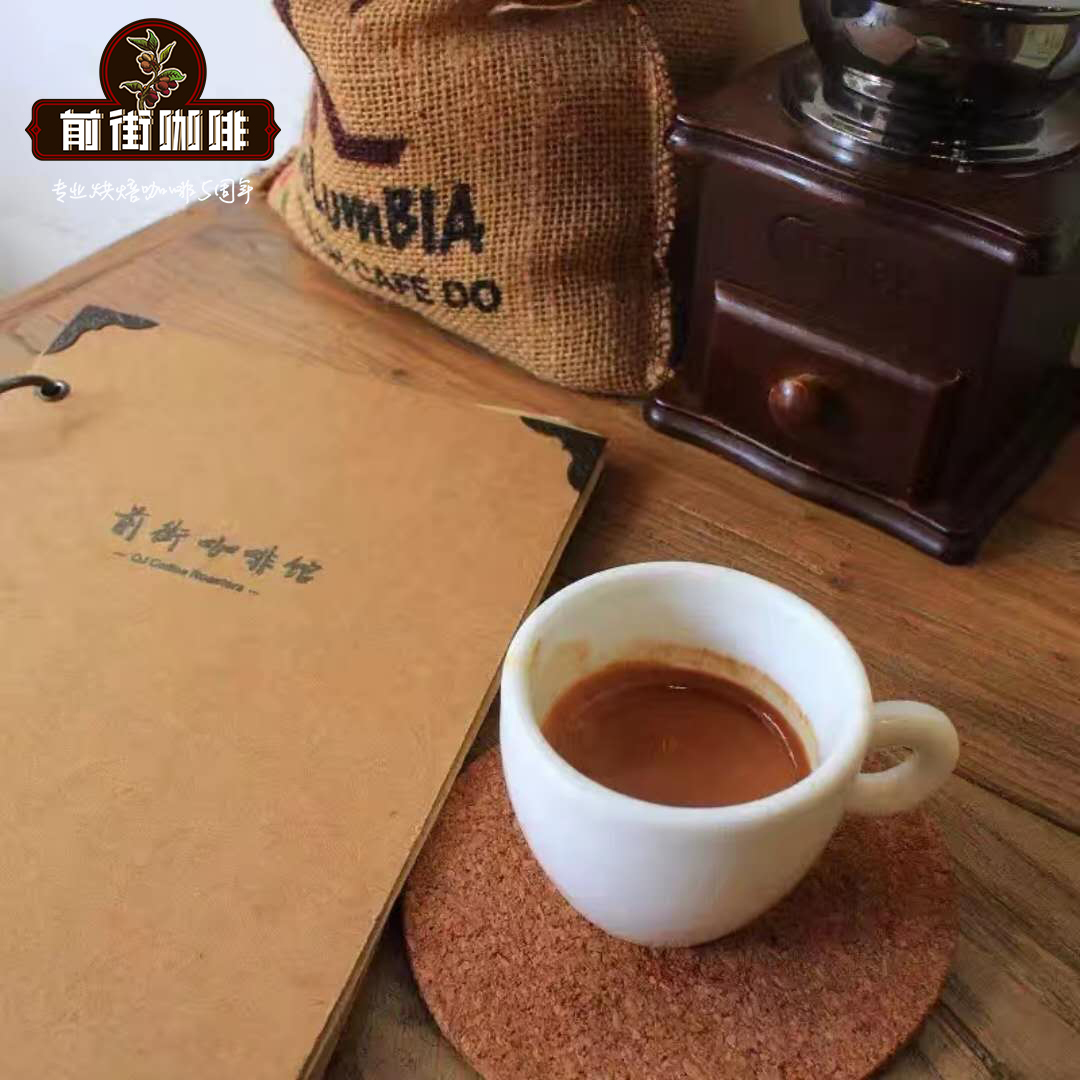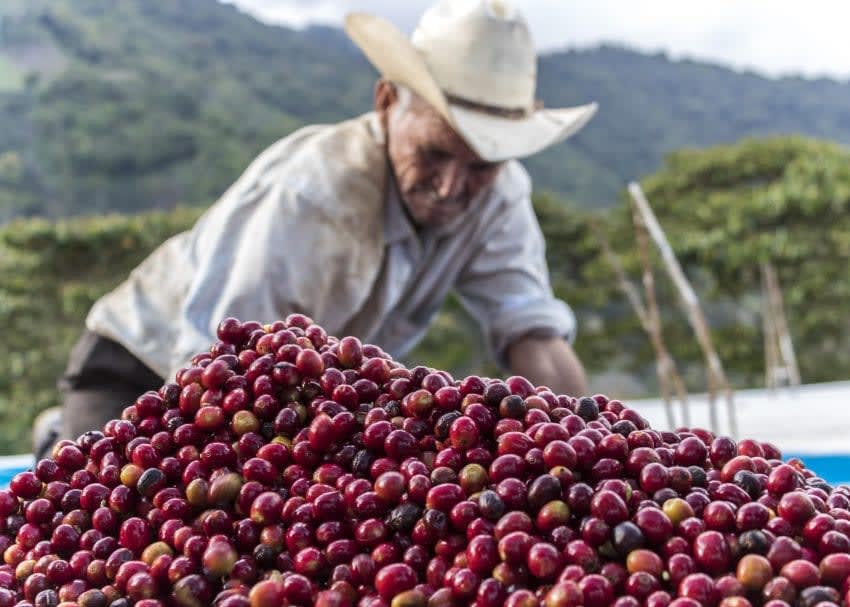Brazilian coffee beans, Brazilian origin, Brazilian flavor.
When it comes to Brazilian coffee, we all know that Brazil is the world's largest coffee producer and the world's second largest coffee consumer (the first is the United States), so where does Brazilian coffee come from? What are the coffee producing areas and famous estates in Brazil? Which varieties are mainly planted and how to grade them? Today, the editor is here to share with you about the world coffee tour-coffee giant Brazil.

Its history:
Coffee was introduced to Brazil from French Guiana in the 1720s. Francesco Paletta, a Portuguese captain from Brazil, captured the heart of the then governor's wife in Cayenne, the capital of French Guinea, and successfully brought coffee seeds to Brazil. Since then, coffee has adapted rapidly in Brazil, spreading from the north to the southeastern state of Sao Paulo. By 1845, Brazilian coffee beans accounted for 45% of the world's coffee beans and became the main source of income in the state of Sao Paulo.
However, in Brazil in the 1964's, coffee production seriously exceeded demand, and even if Pan American institutions proposed a series of policies to stimulate consumption, such as "coffee break", coffee consumption was still a drop in the bucket. The selling price of coffee is even lower than the cost price, which means war for Brazil and even Latin American countries.
Finally, under the pressure of the global coffee crisis, the World Coffee Agreement was born. This agreement, signed by more than 60 countries that produce and consume coffee, limits the number of coffee imports and exports of producing and consuming countries through the quota system, stabilizes coffee prices, and finally ushered in the longest stable period for dozens of coffee producing countries, including Brazil.

Its importance:
There are now about 3.97 billion coffee trees in Brazil, and small farmers now grow 75% of the country's coffee. Unlike in the past, Brazil's economy is less dependent on coffee, which accounts for only 8% of GDP and 10% of GDP. Before World War II, Brazil accounted for 50% or more of the world's coffee production, now close to 30%, but the country's impact on the world coffee, especially on coffee prices is still significant.
Although coffee is diverse, Brazilian coffee is suitable for the taste of the public. For example, coffee produced in the northern coastal areas has a typical iodine taste, reminiscent of the sea after drinking. This coffee is exported to North America, the Middle East and Eastern Europe. Another kind of coffee that is interesting and worth looking for is washed Bahia coffee. This kind of coffee is not easy to find because Brazil is the world's largest consumer of coffee after the United States, and many of the best coffee can only be found in its domestic market.

Taste characteristics:
Brazilian coffee taste with a low sour taste, with the sweet and bitter taste of coffee, the entrance is very smooth, and with a hint of grass, slightly bitter in the fragrance, smooth and smooth, the aftertaste can make people comfortable and pleasant. There are no outstanding advantages for Brazilian coffee, but there are no obvious defects. The taste is mild and smooth, the acidity is low, the mellow is moderate, and there is a hint of sweetness. All these soft flavors are mixed together. To distinguish them one by one is the best test for the taste buds, which is why many Santos fans love this kind of coffee, just because it is so mild and ordinary. Santos is suitable for ordinary baking, suitable for brewing in the most popular way, and is the best raw material for making Italian espresso and all kinds of fancy coffee.
Generally speaking, although mediocre, it does not lose its own unique flavor!
For information, please follow the coffee workshop (Wechat official account cafe_style)
Important Notice :
前街咖啡 FrontStreet Coffee has moved to new addredd:
FrontStreet Coffee Address: 315,Donghua East Road,GuangZhou
Tel:020 38364473
- Prev

What you don't know about coffee: the black history of slaves behind the coffee industry
Professional coffee knowledge exchange more coffee bean information please follow the coffee workshop (Wechat official account cafe_style) when you get a bag of roasted Brazilian coffee, or order a cup of Colombian handcups, you may be able to get complete information about the producing areas, but have you ever thought about the origin of these coffees in the first place? Who were the workers who first developed these farms and built them into gardens? Let's
- Next

Boutique coffee tasting and taste training | how should beginners develop their own sense of taste?
Professional coffee knowledge exchange more coffee bean information please follow the coffee workshop (Wechat official account cafe_style) Today the editor will introduce to you the taste of coffee why the third wave of boutique coffee is so attractive, and how to develop your own taste. In the past, people often heard about the fragrant smell of coffee, but now you may also hear it in addition to the delicious smell of coffee.
Related
- How did the Salvadoran coffee industry develop in Central America?
- What exactly does the golden cup extraction of coffee mean?
- The Origin of Coffee flower
- [2023 Starbucks World Earth Day] there are more meaningful things besides free Starbucks coffee!
- What kind of coffee is there in Spain? 9 Flavors of Spanish Coffee
- Aromatic African coffee| Kenya's coffee culture and historical production area
- Liberica Coffee Bean knowledge: the characteristics of Liberian Coffee beans of the three original species of Coffee beans
- The origin and formula of Spanish latte introduces the taste characteristics of Bombon coffee in Valencia, Spain.
- How to adjust the solution of over-extracted coffee
- What is the tasting period of coffee beans? What is the period of coffee and beans? How should coffee wake up and raise beans?

